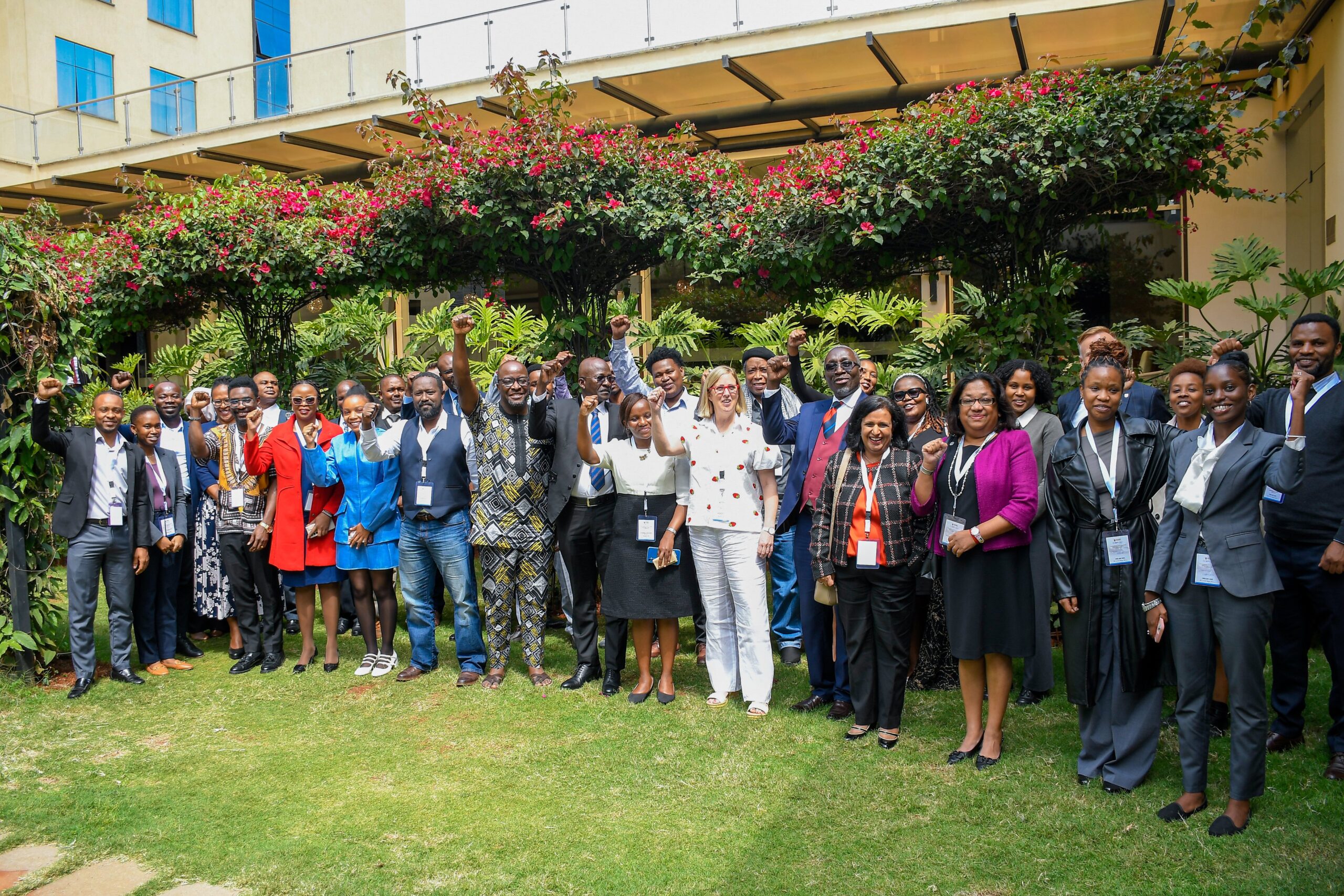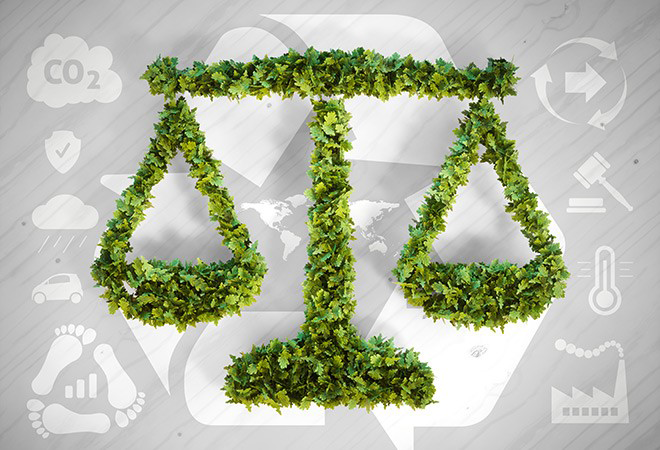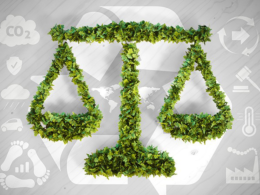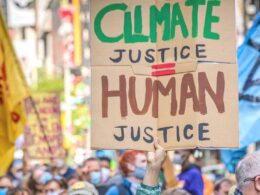NAIROBI,Kenya – In the heart of Kenya, climate change is reshaping lives and landscapes, with once-predictable weather patterns becoming increasingly erratic and presenting significant challenges across the country. Building resilience to these changes is not merely an option but a necessity. At the core of this effort lies the principle of climate justice, which seeks to ensure that those most affected by climate change receive the support they need to adapt and thrive.
In Kenya, this principle translates into ensuring equitable access to resources, decision-making processes, and adaptive measures. Effective disaster preparedness and climate resilience start with inclusive planning that engages all community members, especially the most vulnerable. For example, local leadership and community participation are crucial in crafting culturally appropriate and sustainable solutions. This approach not only fosters ownership but also ensures that the strategies are tailored to the specific needs of each community.
Combining modern technology with traditional knowledge is key to bolstering early warning systems. Technologies such as mobile alerts can provide timely updates, while local knowledge adds crucial context. In communities across Kenya, integrating these elements helps prepare for the unpredictable weather patterns that characterise climate change. Establishing strong communication networks ensures that warnings reach everyone, including those in remote areas, enabling timely evacuations and other protective actions.
Building adaptive capacity is equally vital. Encouraging the use of drought-resistant crops and alternative farming techniques helps communities mitigate the impact of erratic rainfall. By diversifying livelihoods and reducing reliance on single income sources, communities become more resilient. Additionally, education on sustainable practices and climate change adaptation equips individuals with the knowledge to safeguard their livelihoods. Training sessions focused on water conservation and emergency preparedness further enhance community resilience.
Investing in resilient infrastructure is critical. In Nairobi, for example, upgrading the drainage systems would significantly mitigate the impact of flash floods, protecting both property and lives. Ensuring that homes and public buildings can withstand extreme weather events would safeguard communities. Lastly, strengthening healthcare systems to address climate-related health issues, such as waterborne diseases during floods, is essential for reducing recovery times and saving lives.
Education plays a pivotal role in fostering a climate-aware generation. Integrating climate change education into school curricula and community programs raises awareness about sustainable practices and disaster preparedness.
Promoting sustainable agricultural practices, such as agroforestry, can also help communities adapt to changing conditions. In areas like Murang’a County, incorporating trees into farming systems has improved soil health and provided additional income through fruit and timber. Water management practices, including rainwater harvesting and small-scale irrigation, ensure reliable water supplies even during dry periods, as seen with successful projects in Kitui County.
Community-based natural resource management further supports resilience. Involving local communities in managing forests, wetlands, and other natural resources ensures sustainable use and conservation, protecting biodiversity and providing essential resources. The restoration efforts in Kenya’s Mau Forest highlight the positive outcomes of community involvement in enhancing climate resilience.
Kenya’s journey toward climate resilience is both a formidable challenge and an exciting opportunity. By leveraging community innovation and local leadership, Kenya can transform its vulnerabilities into strengths. This isn’t just about weathering the storm, it’s about pioneering solutions that turn challenges into opportunities. A future where every community is equipped to not only survive but thrive amid climate change. By putting those most affected at the forefront, Kenya can set a powerful example of resilience and justice for the rest of the world.
The Writer, Christine Wainaina is a Programme Consultant at ICJ Kenya.











